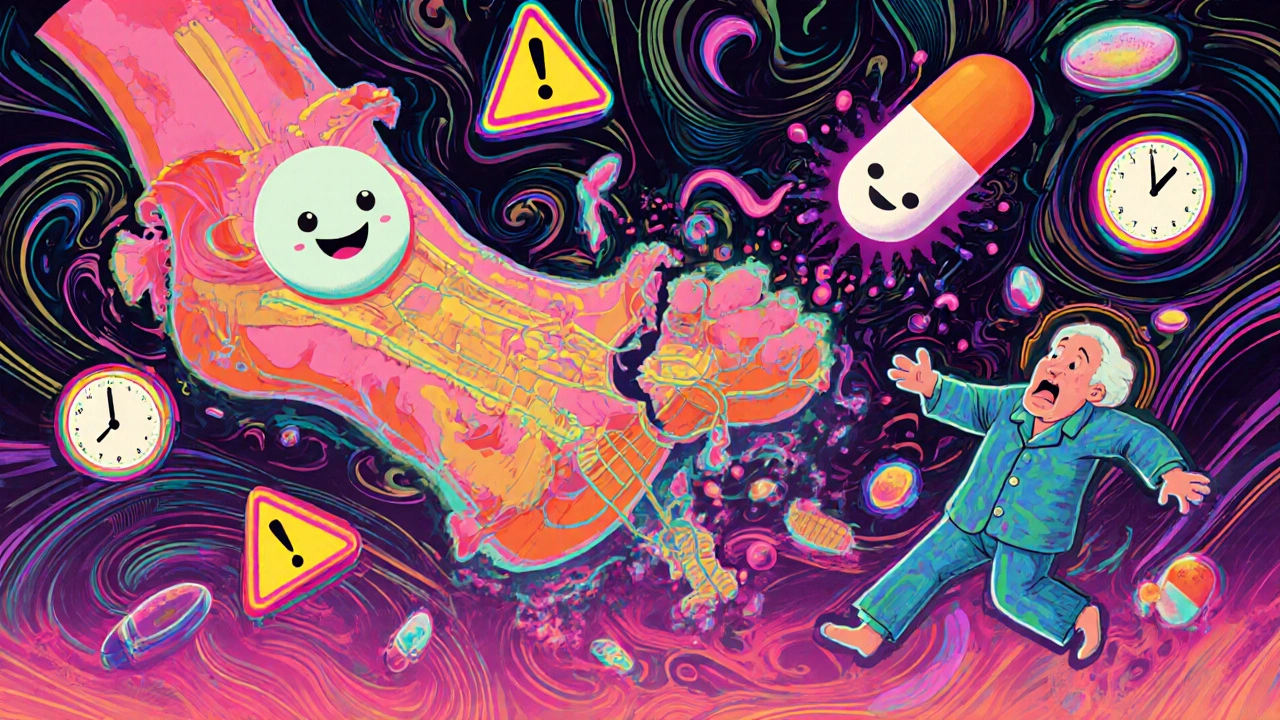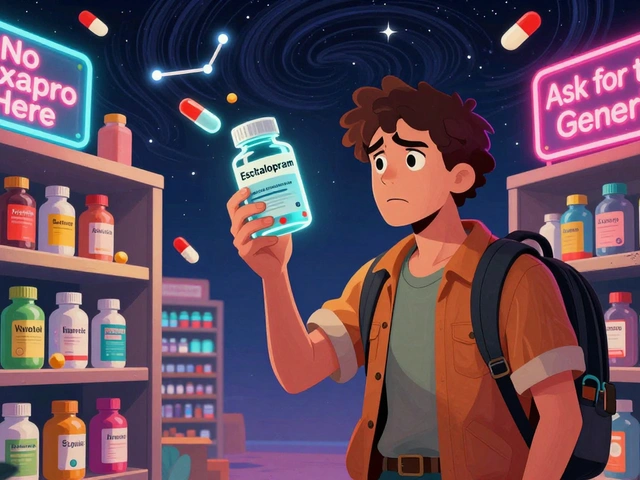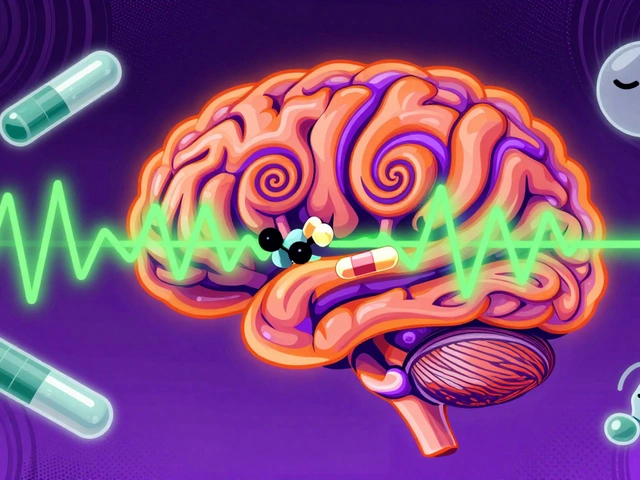Achilles Tendon Injury: Causes, Recovery, and What Actually Works
When you feel a sharp pain behind your ankle during a sprint or jump, it’s often your Achilles tendon, the thick band of tissue connecting your calf muscle to your heel bone. Also known as the calcaneal tendon, it’s the strongest tendon in your body—but it’s also one of the most vulnerable to overuse and sudden stress. This isn’t just a runner’s problem. Anyone who walks, climbs stairs, or stands for long hours can get an Achilles tendon injury, especially if they’ve skipped stretching, worn worn-out shoes, or ramped up activity too fast.
The most common issue is tendonitis, inflammation from repeated strain, but many cases are actually tendinosis, tiny tears that don’t heal properly. You won’t always see swelling. Sometimes it just feels stiff in the morning, or hurts when you push off your foot. Ignoring it makes things worse—this isn’t a "just rest it" kind of injury. If you keep running or jumping, you risk a full rupture, which needs surgery.
Recovery isn’t about sitting still. It’s about moving smart. Physical therapy, especially eccentric heel drops, is the gold standard. Studies show it rebuilds tendon strength better than rest alone. Ice helps with pain, but doesn’t fix the damage. Compression sleeves and proper footwear with heel lifts can take pressure off the tendon while you heal. And yes, stretching matters—but only if you do it right. Over-stretching a damaged tendon can make it worse.
People often try creams, ultrasound machines, or shockwave therapy hoping for a quick fix. Some help, but none replace the core work: controlled loading, gradual progression, and patience. It takes weeks, not days. And if you’re on certain antibiotics like fluoroquinolones, your risk goes up—talk to your pharmacist before starting or stopping any meds.
Below, you’ll find real-world advice from people who’ve been there. Whether you’re dealing with mild discomfort or a slow-healing injury, these posts break down what works, what doesn’t, and how to get back on your feet without repeating the same mistakes.
Quinolone Antibiotics and Corticosteroids: The Hidden Risk of Tendon Rupture
Fluoroquinolone antibiotics combined with corticosteroids can increase the risk of tendon rupture by up to 46 times. Learn who’s most at risk, which drugs are most dangerous, and what to do if you’re taking both.





